Home prices do not move in a vacuum. They rise and fall with the local economy, including jobs, wages, business growth, and everyday services. When you know how these gears turn, you can time a move, choose a neighborhood, and protect your equity. Jobs and Wages Strong job growth brings new buyers and renters. When more people earn steady incomes, demand for homes rises, and values tend to increase. Layoffs or a major employer leaving can cool demand and slow price growth. Business Health on Main Street Watch what opens and closes. Busy grocery stores, new cafés, and full parking lots are useful signals. A healthy mix of shops and services draws people in and keeps a community stable. Big Projects and Infrastructure New transit lines, road repairs, or a redeveloped riverfront can enhance how people perceive an area. Better access and public spaces add daily value. On the other hand, prolonged construction or delayed projects can keep prices stable until the work is completed. Housing Supply Economy and supply work together. In boom times, builders add homes. If new supply lags while demand grows, prices usually push up. If supply jumps faster than demand, prices can level out even in a decent economy. Who Is Moving In or Out? Population trends matter. An area gaining young workers, families, or retirees sees different types of demand and price pressure. College towns, medical hubs, and tech clusters each have their own rhythm. Tourism and Anchors Cities with strong tourism, hospitals, bases, or universities often see steady demand for rentals and entry‑level homes. When an anchor expands, nearby values can benefit. If it shrinks, values may soften until new jobs appear. Local Budgets and Services City budgets fund schools, parks, safety, and roads. Solid services make an area more livable and can support prices. Budget cuts, higher local fees, or delayed upkeep can weigh on value over time. How Buyers Can Use This? Ask: Are jobs growing? Are businesses hiring? What projects are planned? Check vacancy signs, talk to shop owners, and read city updates. A local real estate agent can help you turn those signals into a smart offer strategy. How Sellers Can Use This? If the economy is heating up, position your home to catch rising demand. If it is cooling, price with care and focus on condition and move‑in readiness. An agent can tailor timing, pricing, and marketing to the current cycle. Homes are part of a living economy. By monitoring local jobs, supply levels, projects, and services, you can make confident purchases and clear sales. Rely on us to interpret signals and act at the right moment.
